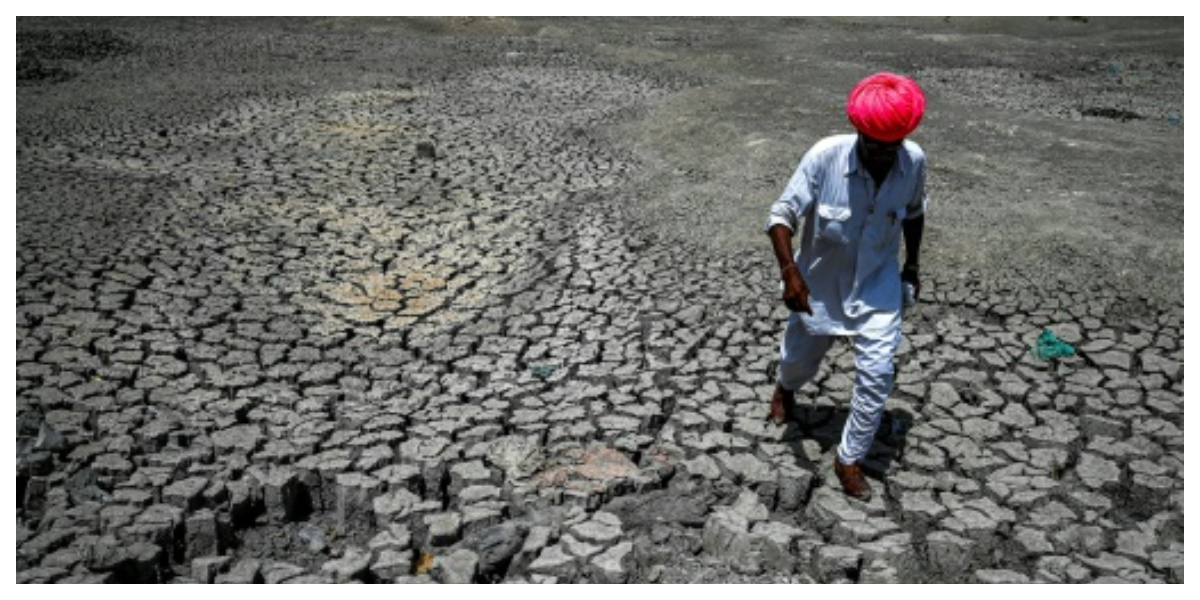
The punishing heatwave that scorched India and Pakistan in March and April was made 30 times more likely by climate change, experts in quantifying the impact of global warming on extreme weather events said in a rapid-response report on May 23.
Before the onset of human-caused climate change, the chances of such an event occurring would have been roughly once every 3,000 years, senior author Friederike Otto, a scientist at Imperial College London’s Grantham Institute, told AFP.
Global warming to date of 1.2 degrees Celsius has shortened the so-called return period for extreme heat of similar duration and intensity in South Asia to once-a-century, she and colleagues in the World Weather Attribution (WWA) consortium found.
But as the planet continues to heat up, the interval between such killer heatwaves will shrink even further.
If Earth’s average surface temperature rises another four-fifths of a degree to 2°C above preindustrial levels, “a heatwave like this one would be expected as often as once every five years”, they concluded. A 2°C world is an unsettlingly plausible scenario: current national commitments to curb carbon pollution under the Paris Agreement would see global warming of 2.8°C.
“Whether today’s most impactful heatwaves could have occurred in a pre-industrial climate is fast becoming an obsolete question,” said Otto.
“The next frontier for attribution science is to inform adaptation decision-making in the face of unprecedented future heat,” she said by email.
The March-April period was the hottest on record for that time of year in Pakistan and India.
It will be months before the full toll of lives lost and economic damage can be calculated, including hospitalisations, lost wages, missed school days, and diminished working hours. More than 90 deaths have been directly attributed to the heatwave, but earlier hot spells over the last decade suggest that number will climb far higher, perhaps into the thousands. One impact was immediate.
The withering heat combined with 60 to 70 per cent less rain than usual turned what promised to be a bumper wheat crop in India into an agricultural disaster.
As a consequence, India last week blocked millions of tonnes earmarked for sale abroad, pushing up global prices already hit hard by war-torn Ukraine’s crippled wheat exports.
The unprecedented duration of the heatwave, which saw power outages as temperatures soared into the high 40s, suggests climate vulnerable countries are racing against the clock to prepare for a climate-addled future, the report said. Already today, “the limits to adaptation are being breached for a large, poor population of the region,” cautioned Islamabad-based climate scientist and co-author Fahad Saeed. “One can imagine how bad it would be even for a 1.5°C-warmer world,” he said, referring to the aspirational Paris treaty target for capping the rise in global temperatures.
Catch all the Breaking News Event and Latest News Updates on The BOL News
Download The BOL News App to get the Daily News Update & Live News.






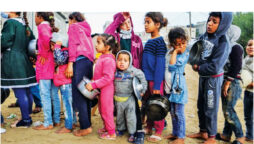
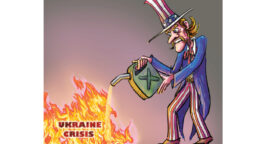
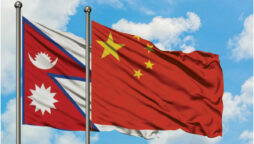
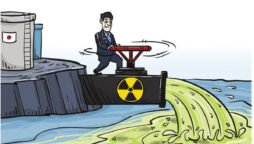

 Read the complete story text.
Read the complete story text. Listen to audio of the story.
Listen to audio of the story.